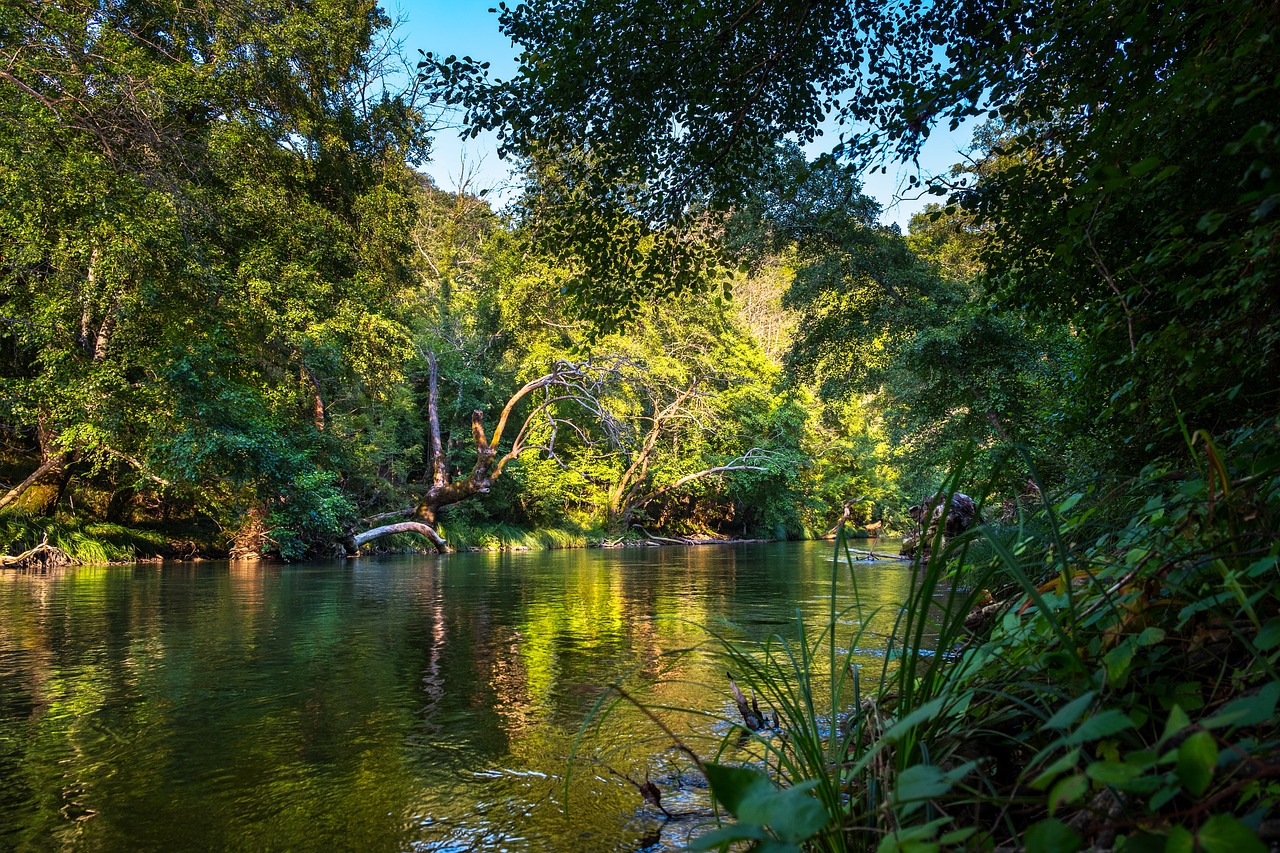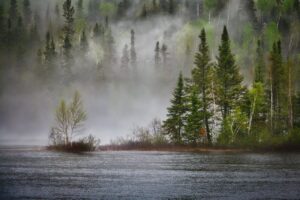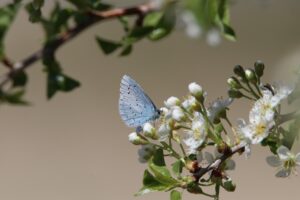Deforestation has long been a pressing global issue, but have we truly grasped the extent of its impact on biodiversity? As trees are relentlessly cleared to make way for agriculture, urbanization, and logging, the delicate balance of ecosystems is being upended, leading to dramatic consequences for the diverse array of plant and animal species that rely on these habitats. In this article, we will explore the intricate relationship between deforestation and biodiversity, delving into the far-reaching effects of this destructive practice on the natural world. From the loss of habitat to the disruption of food chains, our journey will uncover the unraveling consequences that lie at the heart of deforestation’s impact on the delicate tapestry of life.
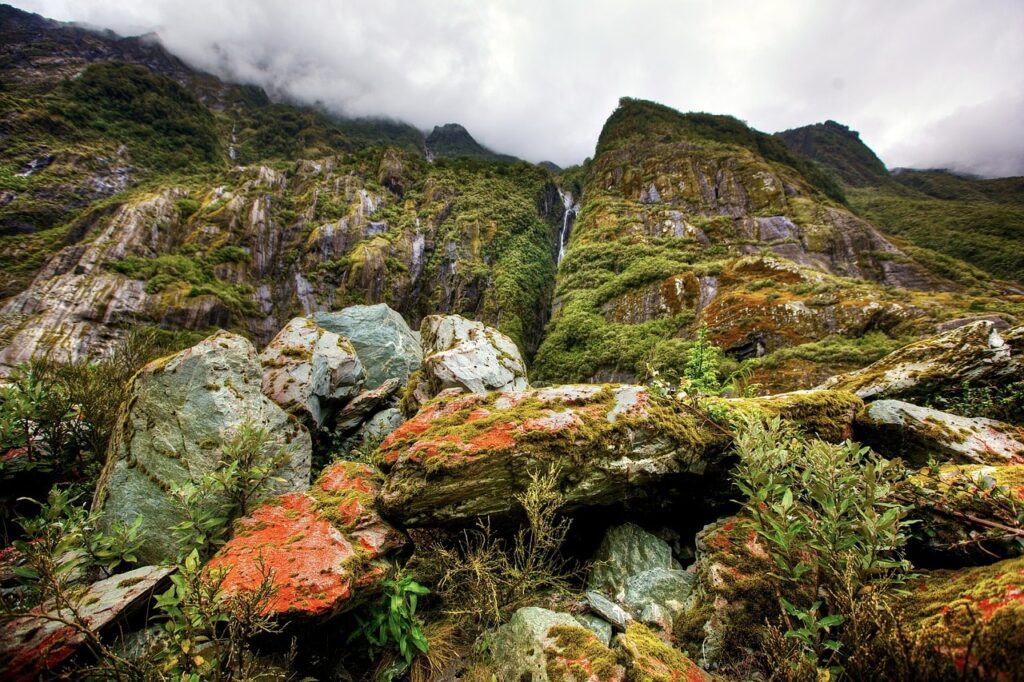
Loss of Habitat
Deforestation, the clearing of forests, has a significant impact on biodiversity. As more and more trees are cut down, the natural habitats of countless species are destroyed, leading to a loss of suitable living space. This loss of habitat disrupts the delicate balance of ecosystems and has long-lasting effects on the biodiversity of an area.
Clearing of Forests
When forests are cleared for agriculture, logging, or urban development, the diverse range of plants, animals, and microorganisms that rely on these forests for survival are displaced. The removal of trees and vegetation reduces the availability of food, shelter, and nesting sites, making it difficult for these organisms to thrive. This disruption can lead to population declines and even extinction of certain species.
Displacement of Species
Deforestation forces many species to leave their natural habitats in search of new areas to call home. As these species move into new territories, they may compete with existing species for limited resources, leading to increased competition and potential conflict. This displacement can disrupt natural ecosystems, altering the dynamics and interactions between species.
Loss of Biodiversity
One of the most significant impacts of deforestation is the loss of biodiversity. Forests provide a rich and diverse array of plant and animal species, each playing a unique role in the functioning of ecosystems. When forests are cleared, many species vanish along with the trees, reducing the overall biodiversity of the area. This loss of biodiversity not only diminishes the beauty of our planet, but also has serious ecological consequences.
Disruption of Ecosystems
Ecosystems are complex networks of interconnected species that rely on each other for survival. Deforestation disrupts these delicate ecosystems, leading to a cascade of negative effects on the environment and the organisms within it.
Interconnectedness of Species
Every species in an ecosystem has its own role to play, and they are all interconnected in some way. From plants producing oxygen and providing food for herbivores, to predators maintaining the balance of prey populations, every species contributes to the overall health and stability of the ecosystem. When deforestation occurs, the intricate web of interconnected relationships is disrupted, threatening the survival of many species.
Food Chains and Webs
In the natural world, species rely on each other for food and energy in a complex network known as a food chain or food web. When forests are cleared, the disruption of this intricate network can have dire consequences. For example, if a particular species of tree is removed, the animals that depend on that tree for food or shelter may suffer. As a result, entire food chains and webs can collapse, leading to imbalances and further loss of biodiversity.
Ecosystem Services
Forests provide a wide range of valuable services known as ecosystem services. These services include regulating climate, purifying air and water, preventing soil erosion, and providing habitat for countless species. When forests are destroyed, these vital ecosystem services are lost, impacting the well-being of both humans and wildlife. The disruption of these services can have far-reaching consequences, affecting everything from climate patterns to the availability of clean water.
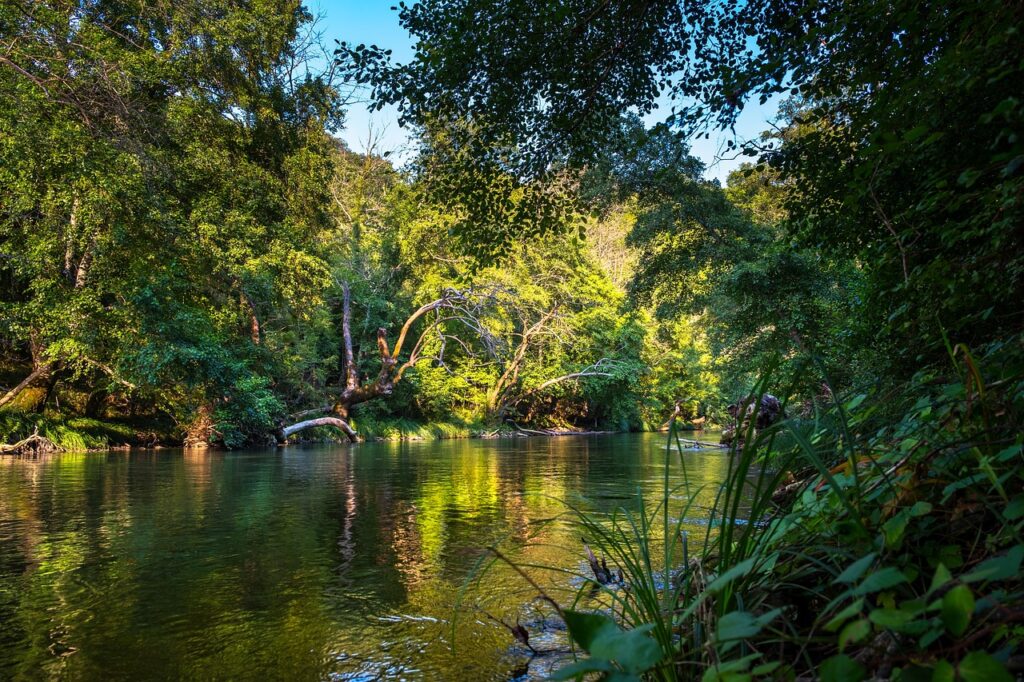
Extinction of Species
Deforestation is a major contributor to the extinction crisis the world is currently facing. Countless species are at risk of disappearing forever, with profound consequences for ecosystems and indigenous communities.
Endangered Species
As forests are cleared, many species are pushed to the brink of extinction. The loss of habitat and resources vital for their survival makes it increasingly difficult for endangered species to recover and thrive. Without immediate action to protect these species and their habitats, we risk losing them forever.
Indigenous Communities
Indigenous communities around the world rely on forests for their livelihoods, cultural practices, and spiritual beliefs. Deforestation not only threatens the biodiversity of these areas but also disrupts the lives and traditions of indigenous peoples. Their profound knowledge of the land and their sustainable practices are invaluable for the conservation of biodiversity, making their well-being and rights crucial to effective conservation efforts.
Keystone Species
Keystone species are those that have a disproportionate impact on the structure and functioning of ecosystems. They play a critical role in maintaining balance and stability within their ecosystems. Deforestation can lead to the loss of keystone species, tipping the delicate balance of ecosystems and potentially causing widespread ecological disruption. Protecting keystone species is essential for the preservation of biodiversity and the long-term health of our planet.
Deforestation and Climate Change
Deforestation is not only a threat to biodiversity, but it also contributes significantly to climate change. The destruction of forests releases large amounts of carbon dioxide into the atmosphere, exacerbating the greenhouse effect and leading to a range of negative impacts.
Carbon Sequestration
Forests act as carbon sinks, absorbing carbon dioxide from the atmosphere and storing it in trees, plants, and soil. When forests are cleared, this carbon is released, contributing to the accumulation of greenhouse gases in the atmosphere. As a result, deforestation is a significant driver of climate change.
Greenhouse Gas Emissions
The destruction of forests through deforestation releases large amounts of greenhouse gases, primarily carbon dioxide, into the atmosphere. These greenhouse gases trap heat, leading to global warming and the disruption of climate patterns. The continued deforestation of forests exacerbates the problem, contributing to the rising temperatures and extreme weather events experienced around the world.
Climate Feedback Effects
Climate change caused by deforestation can create a dangerous feedback loop. As temperatures rise, forests become more susceptible to wildfires, further increasing deforestation rates. The loss of forests reduces the planet’s ability to regulate climate, making it even harder to mitigate the impacts of climate change. It is essential to break this destructive cycle by halting deforestation and promoting reforestation efforts.
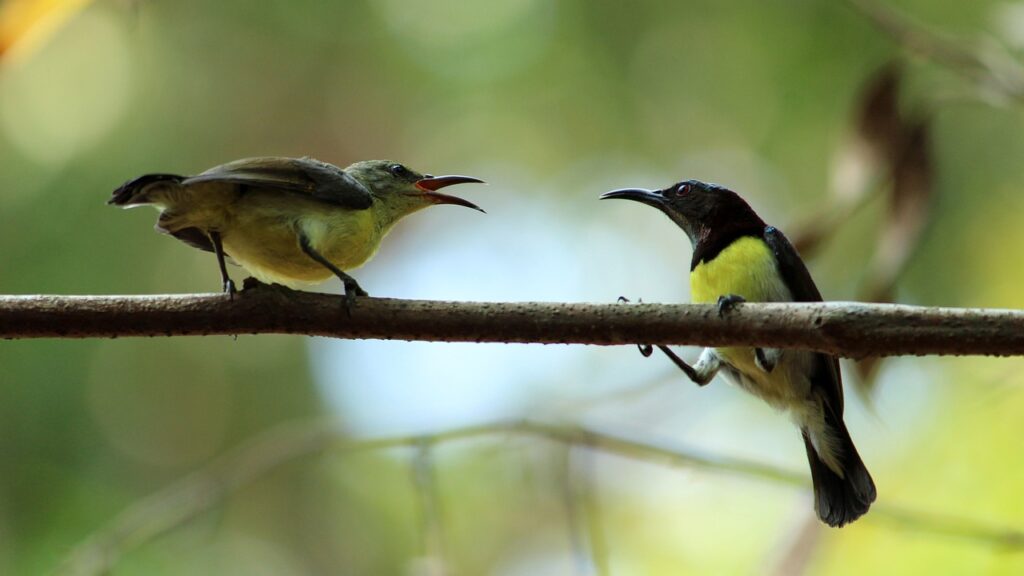
Impacts on Local Communities
Deforestation has far-reaching impacts on local communities, affecting their livelihoods, cultures, and overall well-being. The loss of forests can lead to economic losses, cultural disruption, and increased health risks for these communities.
Loss of Livelihoods
Many communities around the world rely on forests for their livelihoods. Deforestation deprives these communities of valuable resources such as timber, non-timber forest products, and fertile land for agriculture. This loss of livelihoods can lead to poverty, food insecurity, and increased vulnerability to other social and economic challenges.
Cultural Disruption
Forests are deeply intertwined with the cultures and identities of many indigenous and local communities. They provide a connection to ancestral traditions, spiritual beliefs, and a sense of place. When forests are destroyed, these communities lose an essential part of their cultural heritage. Preserving forests and respecting the cultural values and knowledge of indigenous peoples are key to maintaining cultural diversity and ensuring the well-being of these communities.
Health Risks
The loss of forests can have detrimental consequences for the health of local communities. Deforestation can lead to increased air pollution, as well as the loss of medicinal plants and other resources essential for traditional healthcare practices. Additionally, the disruption of ecosystems and increased human-wildlife interactions can contribute to the spread of zoonotic diseases. Protecting forests is crucial for safeguarding the health and well-being of local communities.
Effects on Water Systems
Forests play a vital role in regulating water systems, and deforestation can have significant impacts on the hydrological cycle, leading to interference in the water cycle, soil erosion, and an increased risk of droughts and floods.
Water Cycle Interference
Forests play a critical role in the water cycle by intercepting rainfall and regulating its flow. Through the process of transpiration, trees release moisture into the atmosphere, condensing into clouds and eventually precipitating as rainfall. When forests are cleared, this flow is disrupted, leading to changes in regional rainfall patterns and water availability.
Soil Erosion and Runoff
Forests provide a natural barrier against soil erosion. Tree roots hold the soil in place, preventing erosion and retaining water. Deforestation removes this important protective layer, leading to increased runoff and soil erosion. The loss of forests also reduces the ability of the soil to absorb and store water, exacerbating the risk of flooding during heavy rainfall events.
Droughts and Floods
The loss of forests can contribute to both droughts and floods. Without the natural regulation provided by forests, water runoff is accelerated, leading to increased flood risk during heavy rainfall. Conversely, the removal of trees reduces the evapotranspiration process, resulting in reduced rainfall and increased aridity, potentially causing droughts. Protecting and restoring forests is crucial for maintaining the balance of water systems and minimizing the impacts of extreme weather events.
Loss of Medicinal Resources
Forests are home to a wealth of medicinal resources, with many traditional healing practices relying on the diverse array of plants found within them. Deforestation not only destroys potential sources of life-saving drugs but also threatens the knowledge and practices associated with traditional medicine.
Traditional Medicine
Traditional medicine has been practiced by indigenous cultures for centuries and relies heavily on the healing properties of plants found in forests. Many of these medicinal plants have not been extensively studied or synthesized into modern medicine, making their preservation essential for future medical breakthroughs. The loss of forests and the destruction of these medicinal resources jeopardize the health and well-being of communities around the world.
Pharmaceutical Potential
The vast biodiversity found in forests holds untapped potential for discovering new drugs and treatments. As more and more forests are destroyed, we are losing opportunities to uncover potentially life-saving pharmaceutical compounds. Protecting forests and promoting sustainable practices that respect traditional knowledge is crucial for unlocking the vast pharmaceutical potential of our planet.
Alternatives and Conservation
Efforts are underway to develop alternatives to traditional medicine to reduce the reliance on forest resources. However, these alternatives often lack the intimate knowledge and cultural significance associated with traditional healing practices. Conservation efforts that prioritize the protection of forests and the sustainable use of medicinal resources can ensure the preservation of traditional medicine while exploring new avenues for healthcare and well-being.
Impact on Climate Regulation
Forests play a vital role in regulating climate by influencing factors such as temperature, precipitation, and the reflection of sunlight. Deforestation disrupts these processes, leading to changes in regional and global climate patterns.
Albedo Effect
Forests have a high albedo, meaning they reflect a significant amount of sunlight back into space. This reflection helps to cool the planet and maintain lower temperatures. When forests are cleared, darker surfaces such as bare soil or urban areas replace the reflective vegetation, absorbing more sunlight and contributing to increased temperatures. The loss of forests due to deforestation disrupts this important cooling mechanism.
Transpiration and Evaporation
Forests contribute to the water cycle through the process of transpiration, where trees release moisture into the atmosphere. This moisture forms clouds and eventually precipitates as rainfall. The evaporation of water from leaves also has a cooling effect on the surrounding environment. Deforestation reduces transpiration and evaporation rates, disrupting the water cycle and leading to changes in regional precipitation and temperature patterns.
Temperature and Precipitation
The loss of forests through deforestation can have significant impacts on temperature and precipitation patterns. Without the shade provided by trees, surface temperatures can increase, leading to hotter and drier conditions. The disruption of the water cycle can also result in decreased rainfall and increased aridity in affected regions. These changes in temperature and precipitation can have far-reaching consequences for ecosystems, agriculture, and the overall well-being of local communities.
Collateral Damage to Wildlife
Deforestation has a direct and indirect impact on wildlife, affecting both birds and mammals. The loss of forests disrupts their habitats, food sources, and breeding grounds, leading to population declines and potential extinctions.
Direct and Indirect Effects
The direct impacts of deforestation on wildlife include the destruction of habitats and the loss of food sources. Animals that rely on specific tree species for food or shelter suffer greatly when these trees are removed. Indirect impacts include changes in predator-prey relationships, a decrease in genetic diversity, and disruption of migration patterns. These effects can lead to the decline and eventual extinction of many species.
Effects on Birds
Birds, especially those that rely on forests for nesting and foraging, are heavily impacted by deforestation. Many bird species require specific tree structures or forest canopies to build their nests and find suitable food sources. When forests are cleared, these birds lose their habitats and struggle to find alternative nesting and foraging sites. The loss of forests and the reduction in bird populations also disrupts important ecological interactions, such as seed dispersal and pollination.
Effects on Mammals
Mammals are also greatly affected by deforestation. Many mammals rely on forests for food, shelter, and breeding grounds. When these habitats are destroyed, mammals face numerous challenges, including competition for limited resources, increased vulnerability to predators, and difficulty in finding suitable mates. The loss of forests can lead to population declines, range contractions, and ultimately, the extinction of many mammal species.
Socioeconomic Consequences
Deforestation has significant socioeconomic implications, impacting economies, tourism, and sustainable development efforts. The loss of forests can lead to economic losses, while the preservation and responsible management of forests can promote sustainable development.
Economic Losses
Forests provide valuable resources such as timber, non-timber forest products, and ecosystem services. When forests are cleared without proper planning and sustainable practices, these resources become depleted, leading to economic losses. Additionally, deforestation can result in increased costs associated with climate change, such as the need for flood mitigation measures or the loss of agricultural productivity. Protecting and conserving forests can help avoid these economic losses and promote long-term sustainable development.
Tourism and Ecotourism
Forests are often prime tourist destinations, attracting visitors from around the world. The beauty, biodiversity, and cultural significance of forests make them important for the tourism industry. Deforestation can negatively impact the tourism sector, as visitors are less likely to be drawn to areas that have lost their forests. On the other hand, preserving and sustainably managing forests can generate significant revenue through ecotourism, benefiting local communities and economies.
Sustainable Development
Forests play a crucial role in achieving sustainable development goals. They provide renewable resources, support biodiversity, regulate climate, and support the livelihoods of millions of people. By protecting and managing forests sustainably, we can promote economic growth, social inclusion, and environmental sustainability. Sustainable forest management practices that prioritize conservation, restoration, and responsible resource use are essential for ensuring a balanced and prosperous future for all.
In conclusion, deforestation has far-reaching impacts on biodiversity, ecosystems, local communities, climate regulation, and wildlife. The loss of habitat, disruption of food chains and webs, extinction of species, and interference in water systems are just some of the consequences of deforestation. The collateral damage to wildlife, loss of medicinal resources, and socioeconomic consequences further emphasize the urgent need to address deforestation through conservation, sustainable practices, and global cooperation. Protecting forests and valuing their invaluable contributions is crucial for preserving biodiversity, mitigating climate change, and ensuring a sustainable future for generations to come.

